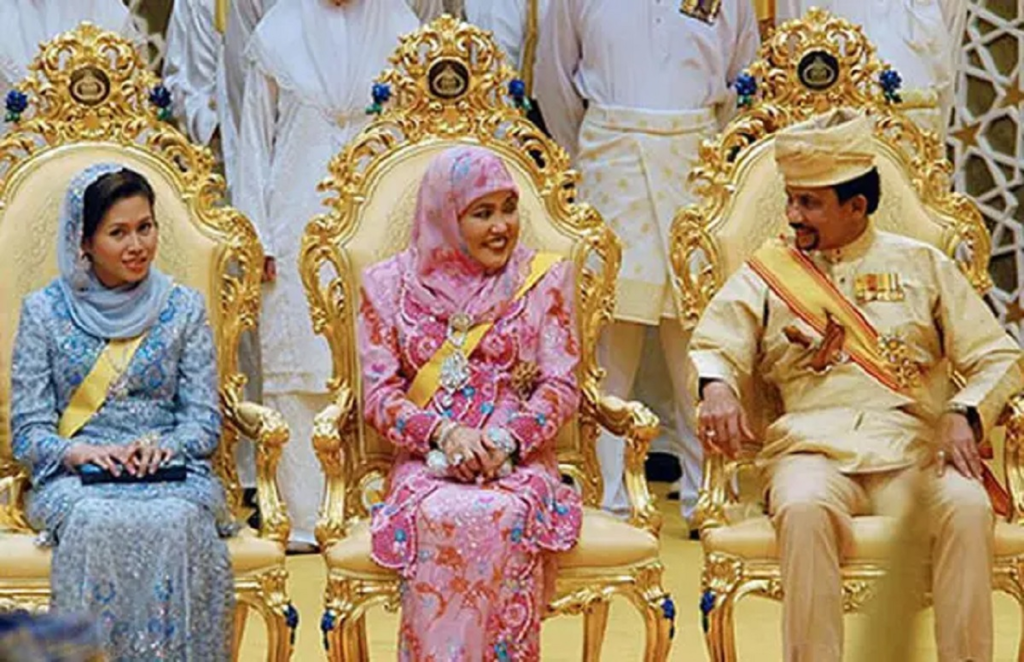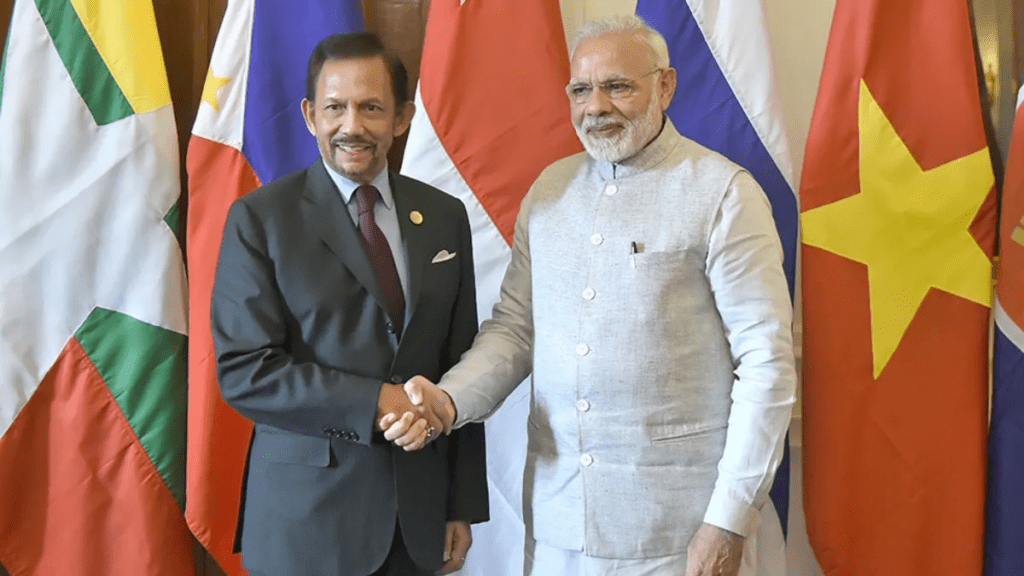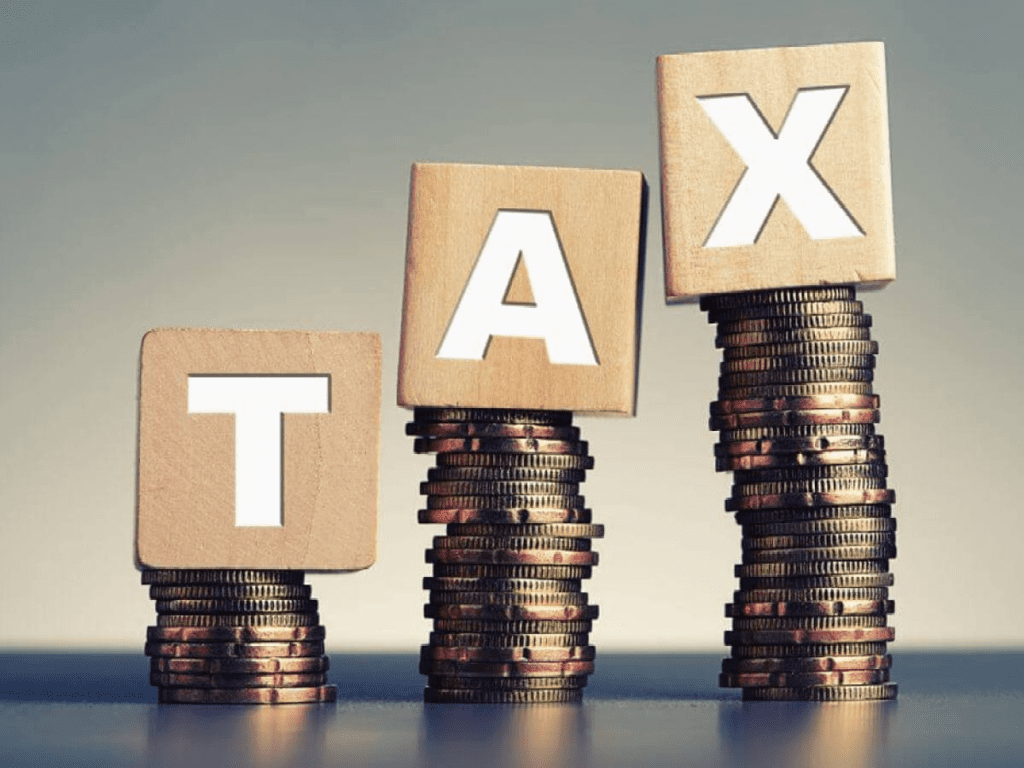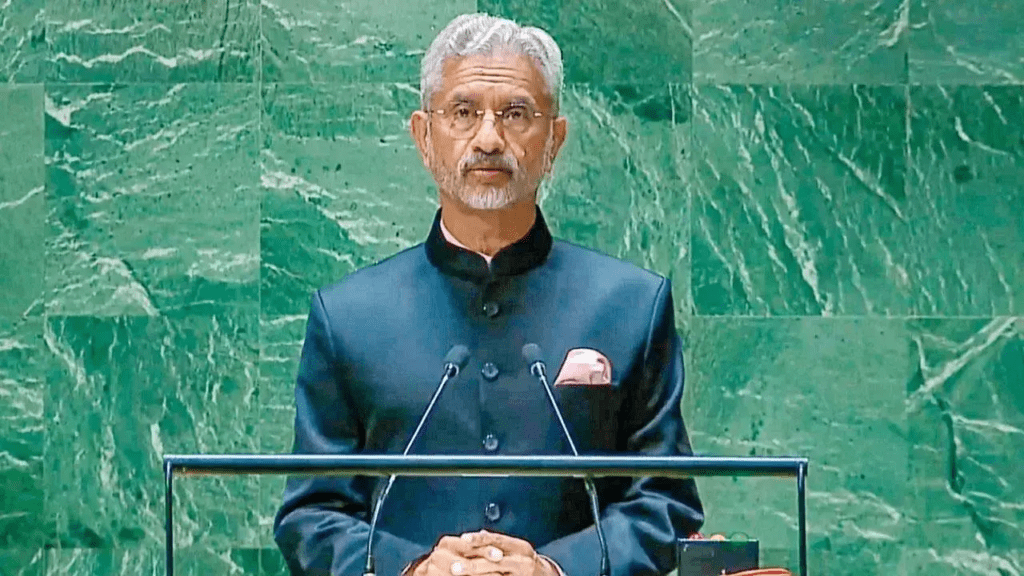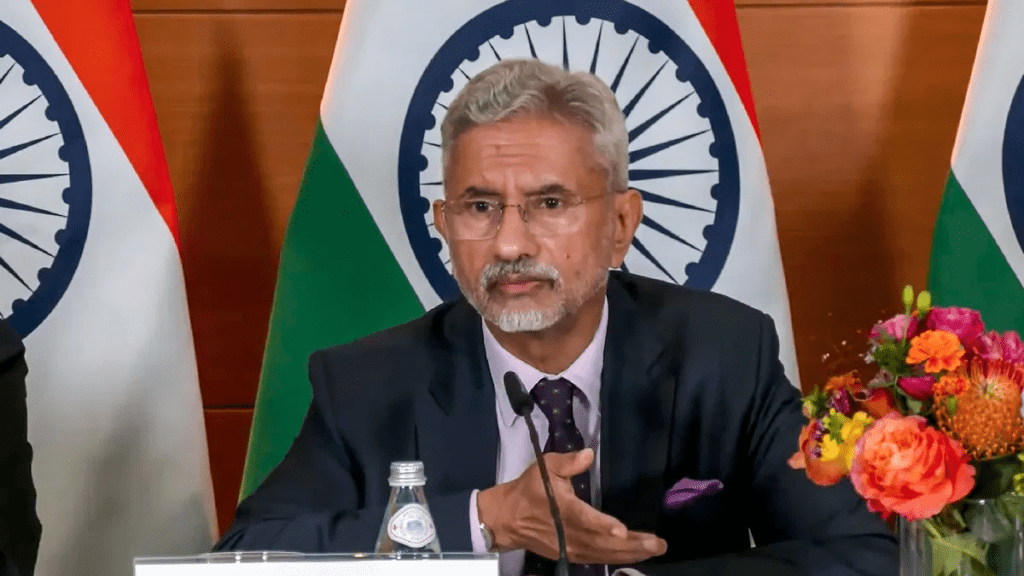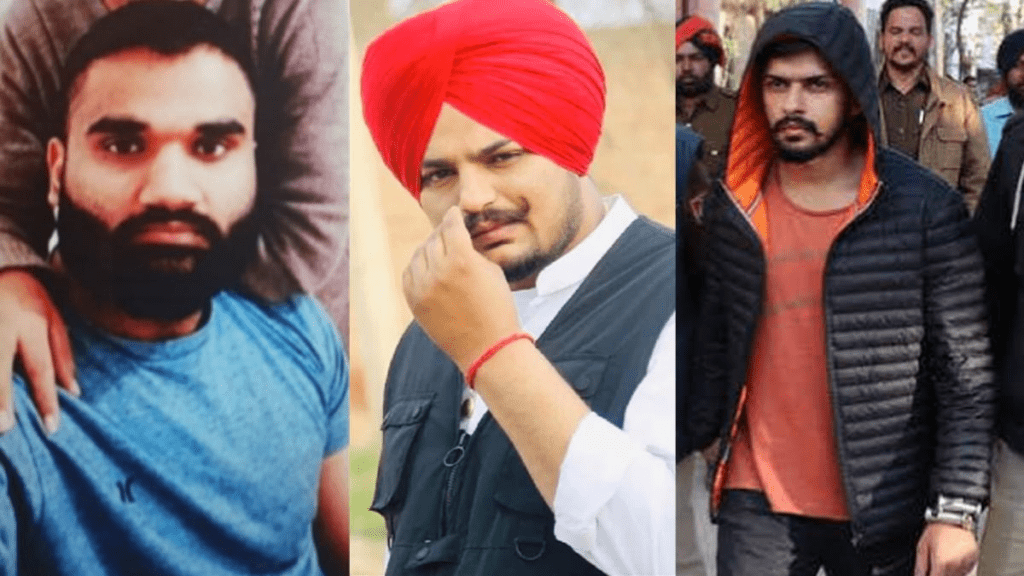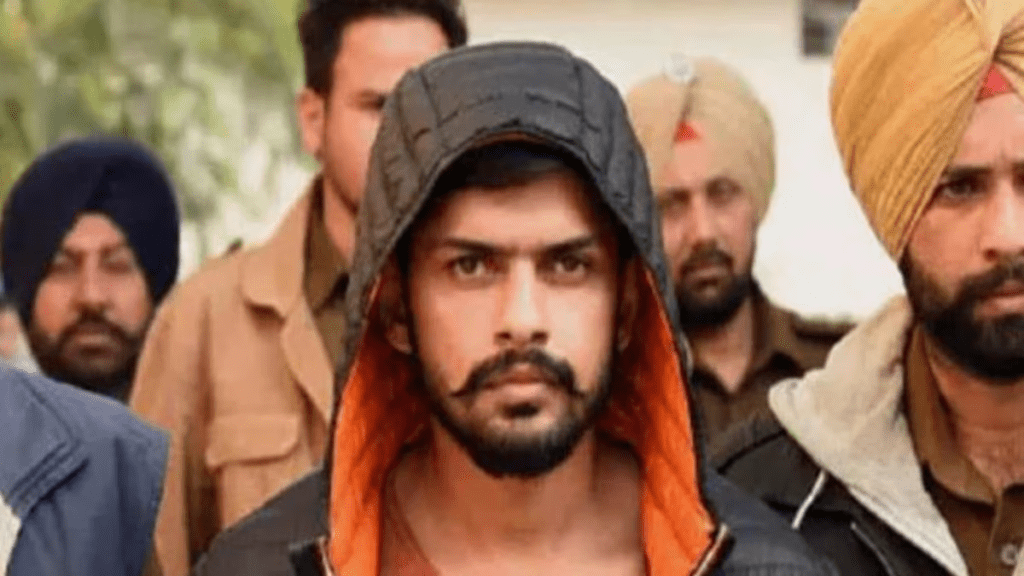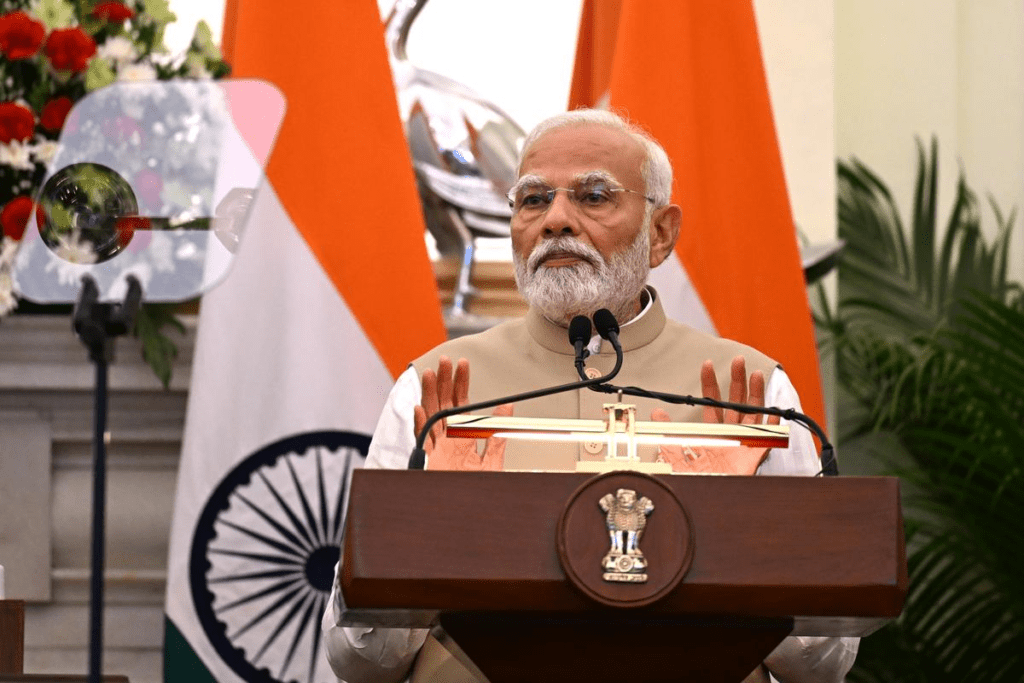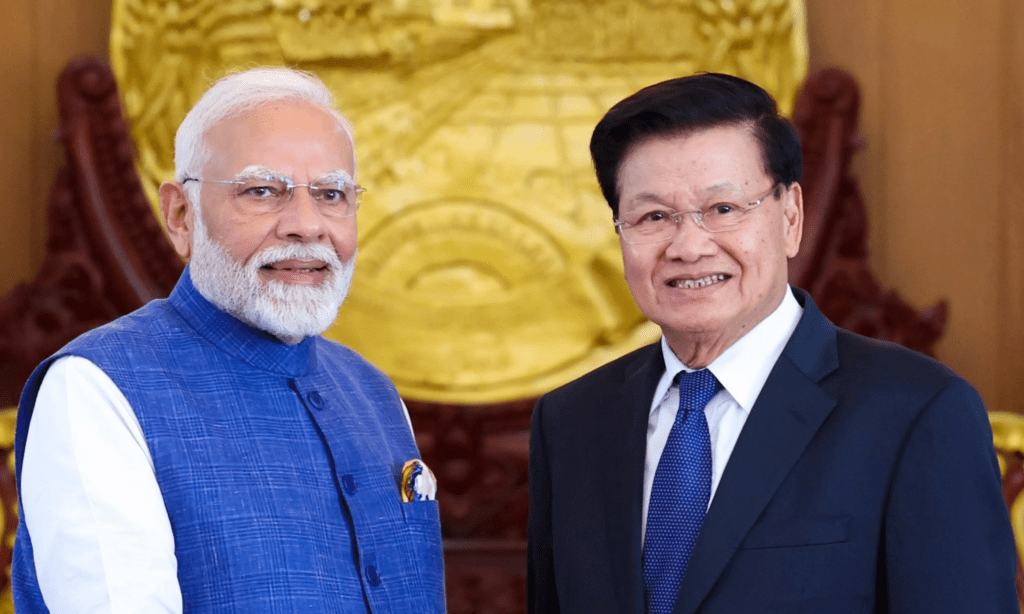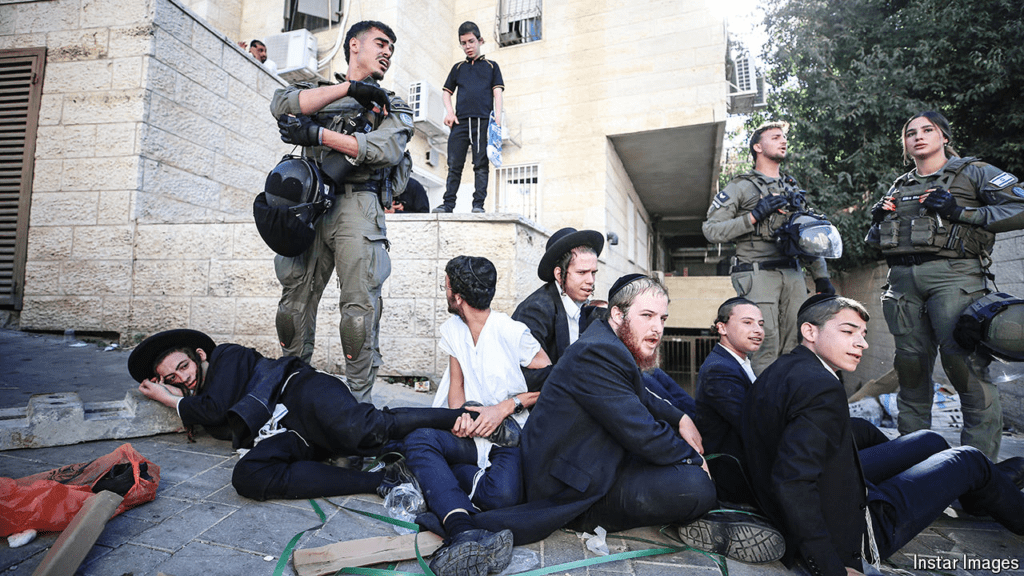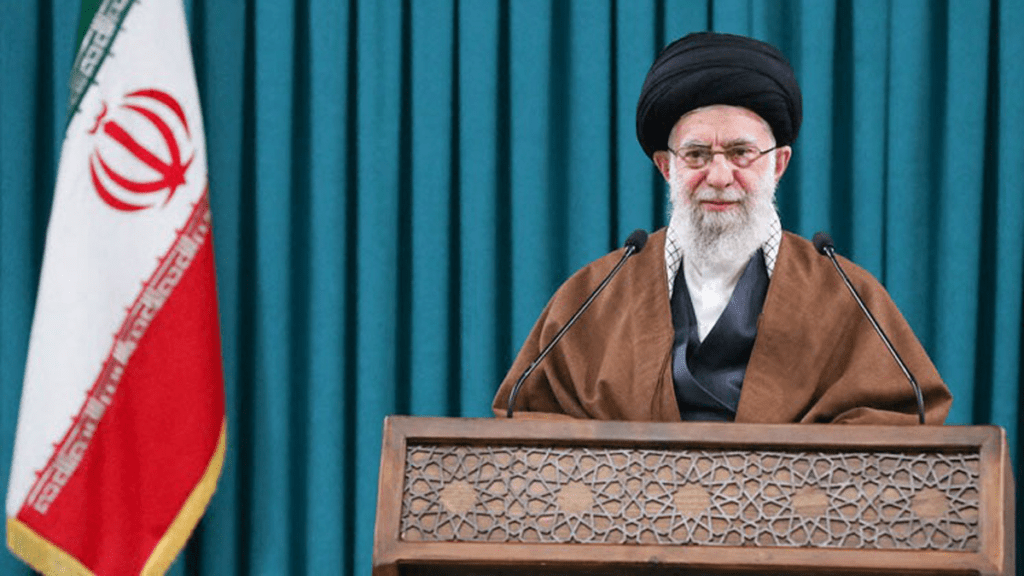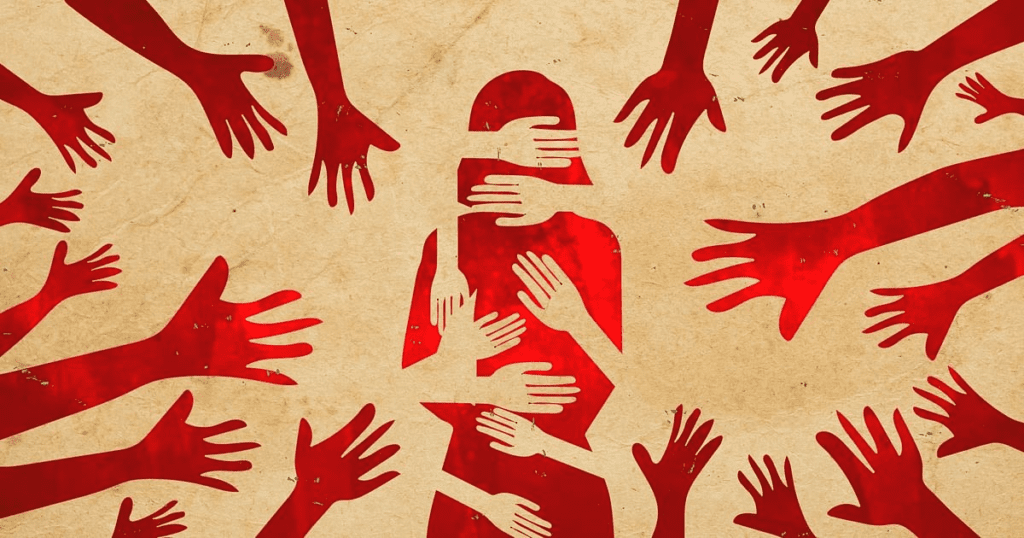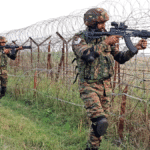Daylight Saving Time 2024: What to Know About Changing the Clocks
Daylight Saving Time 2024 (DST) has been an ongoing global experiment since the early 20th century, with various regions embracing it to maximize daylight hours during the summer. Although its application varies, Daylight Saving Time 2024 (DST) remains a point of interest, especially as public opinion and scientific evidence evolve regarding its utility. In 2024, as clocks move forward in March and back again in November, it’s worth revisiting DST’s purpose, how it impacts our lives, and whether it remains relevant.

A Brief History of Daylight Saving Time
The concept of Daylight Saving Time 2024 (DST) was first proposed by Benjamin Franklin in 1784 as a way to save on candle usage by taking advantage of longer daylight hours. However, the modern implementation of Daylight Saving Time 2024 (DST) began during World War I. Germany, followed by other European nations and the United States, adopted it as a way to save fuel for the war effort by reducing the need for artificial lighting in the evenings.
After the wars, countries alternated between abolishing and reinstating Daylight Saving Time 2024 (DST), depending on their energy needs. In 1966, the United States introduced the Uniform Time Act to create consistency, while the European Union established its own DST system in the 1980s. Today, more than 70 countries observe DST, though there is growing debate over its benefits.
The Purpose of DST: Does It Still Hold?
Originally, DST aimed to reduce energy consumption by aligning active hours with daylight hours. In theory, people would spend less on lighting and heating in the evening when the sun provided natural illumination. But as technology has evolved, the premise that DST saves energy is increasingly challenged. Modern appliances, energy-efficient lighting, and changes in lifestyle mean that DST might no longer be as effective for saving energy as it once was.
ALSO READ: Pakistan vs Australia: A Cricket Rivalry for the Ages
In recent years, studies have shown that energy savings are negligible in many parts of the world. In fact, some studies suggest that DST may even increase electricity use due to a greater reliance on air conditioning in the warmer evening hours. For example, a 2008 study by the U.S. Department of Energy found that DST reduced electricity use by only about 0.03%, a minor saving that has been challenged by subsequent research. In some regions, DST may even increase energy demand due to evening air conditioning and morning heating requirements.
The Health Implications of DST
One of the primary criticisms of Daylight Saving Time 2024 (DST) revolves around its effect on health. Numerous studies link the biannual time shifts to a host of negative health outcomes, particularly during the spring transition, when clocks move forward by an hour. This abrupt change can disrupt our circadian rhythms, the natural cycles that regulate sleep and waking patterns, hormone release, and overall bodily functions.
The effects can be profound, leading to “social jetlag,” a phenomenon where the body’s internal clock is out of sync with social time. Studies have linked DST transitions to increased risks of heart attacks, strokes, workplace injuries, and even car accidents. According to research published in the American Journal of Cardiology, the risk of a heart attack rises by 24% on the Monday following the spring forward due to sleep deprivation and circadian rhythm disruptions.
In the long term, there is evidence to suggest that disruptions in circadian rhythms can have broader health implications. Chronic sleep deprivation is associated with higher risks of obesity, diabetes, depression, and cardiovascular disease, raising the question of whether DST is worth its potential health costs.
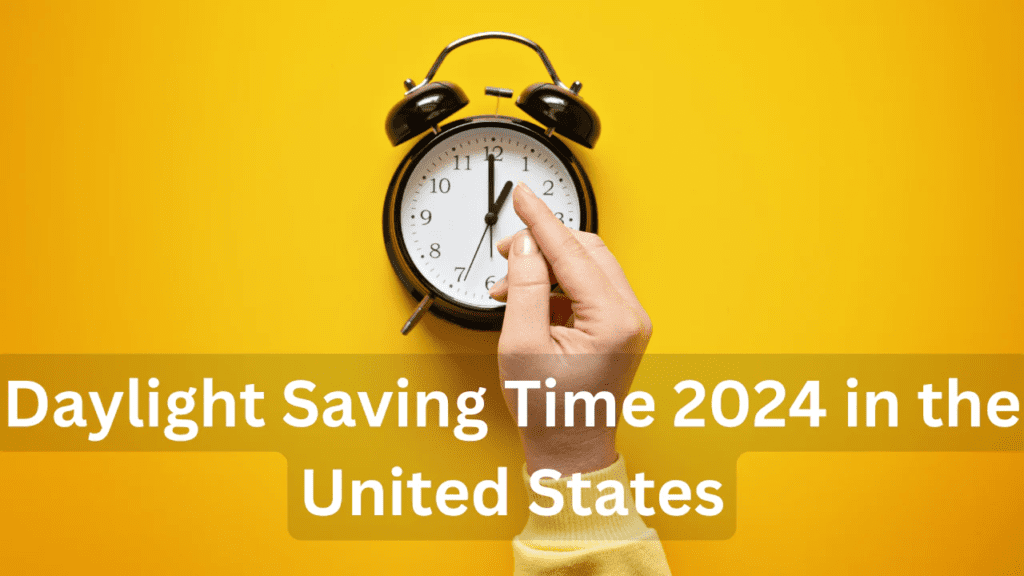
Economic Impact of Daylight Saving Time 2024 (DST)
The economic implications of DST have been studied extensively, with mixed conclusions. Proponents argue that DST promotes economic activity by extending daylight hours, encouraging people to spend more time outdoors, shop, and engage in leisure activities. Businesses like retail and tourism have historically benefited from increased consumer spending during extended daylight hours.
However, recent studies indicate that the economic benefits may be more limited than once thought. Although Daylight Saving Time 2024 (DST) can positively impact some sectors, it disrupts others. Industries that rely on early morning operations, such as agriculture, face challenges adjusting to the time changes. Farmers, in particular, have long been opposed to Daylight Saving Time 2024 (DST), arguing that livestock and crops do not adhere to artificial time changes leading to productivity disruptions.
Moreover, studies on workplace productivity indicate that the sleep disruptions associated with DST, especially in the spring, can negatively impact employee performance, leading to increased absenteeism, errors, and workplace accidents. As workplaces contend with productivity losses and increased safety risks, the economic case for Daylight Saving Time 2024 (DST) becomes less compelling.
Environmental Considerations
Energy savings have been a cornerstone argument for Daylight Saving Time 2024 (DST), but the environmental impact is no longer as straightforward. While DST might have reduced reliance on fossil fuels for lighting, it may now increase electricity demand in other ways. Air conditioning, a significant source of power consumption in warmer regions, sees increased use in the evening when people are home during daylight saving hours.
In a world where renewable energy sources are increasingly important, the environmental argument for DST could be reevaluated. Some experts argue that instead of manipulating time, efforts should focus on promoting energy efficiency through technological solutions, such as smart thermostats, LED lighting, and solar energy.
Global Shifts: Countries Reconsidering DST
In recent years, a growing number of countries have questioned DST’s relevance, with several opting to abolish it altogether. The European Parliament, for instance, voted in 2019 to end the twice-yearly clock changes, giving each member state the choice to remain on either permanent standard time or permanent summer time. While the COVID-19 pandemic delayed this plan, the initiative signals a broader reevaluation of Daylight Saving Time 2024 (DST).
Russia, Turkey, and parts of South America have also moved away from Daylight Saving Time 2024 (DST), citing health, productivity, and public opinion concerns. In the United States, there is ongoing debate at both the federal and state levels about whether to end DST. In 2022, the U.S. Senate passed the Sunshine Protection Act, a proposal to make DST permanent across the country. Although it has yet to be ratified by the House of Representatives, the bill reflects growing support for a shift to year-round DST, or standard time.

Alternatives to DST: Permanent Standard Time or Permanent Daylight Saving?
Given the debate around Daylight Saving Time 2024 (DST), many suggest adopting either permanent standard time or permanent DST as alternatives. Advocates of permanent standard time argue it aligns better with natural circadian rhythms, helping reduce health risks associated with DST changes. Permanent standard time would allow for a consistent schedule without the disruption of time shifts, which many health professionals support.
On the other hand, supporters of permanent Daylight Saving Time 2024 (DST) argue that extended daylight hours benefit mental health, increase safety, and encourage outdoor activities. Some studies have found that people are more active when daylight extends into the evening, which could improve overall well-being. Permanent DST would effectively remove the winter clock change, making for a brighter evening year-round.
However, experts caution that any move to permanent DST would mean darker mornings in winter, potentially impacting safety for commuters and schoolchildren. The choice between permanent standard time and DST depends on balancing health and safety with lifestyle and economic considerations.
What lies ahead for DST in 2024?
As 2024 unfolds, the discussion surrounding DST continues to gain traction. The public is becoming increasingly aware of DST’s impact on health, economy, and lifestyle, fueling debates on whether to retain the practice or abolish it. While Daylight Saving Time 2024 (DST) may still have localized benefits, its overall utility is being questioned in a world that looks increasingly different from the one where DST first emerged.
For those who experience Daylight Saving Time 2024 (DST), the clocks will spring forward at 2 a.m. on Sunday, March 10, and fall back at 2 a.m. on Sunday, November 3, in the United States. Whether these are some of the final time changes remains to be seen as the global momentum for reform grows.
Conclusion: Is It Time to Change Our Clocks for Good?
The conversation about DST in 2024 reflects broader societal shifts in how we approach time, health, and energy. As countries reconsider the necessity of Daylight Saving Time 2024 (DST), individuals and policymakers alike are questioning whether a practice designed for an earlier era still has a place in modern life. Whatever the future holds, the ongoing debate about DST highlights our evolving understanding of time and its far-reaching impact on health, the economy, and the environment.
In the meantime, remember to adjust your clocks in March and November—and perhaps take a moment to consider if the twice-yearly shift is worth its effects on our daily lives.






